Monthly skywatcher's guide to 2024: Eclipses, full moons, comets and meteor showers
Skywatchers in 2024 will have a bounty of astronomical phenomena to enjoy throughout the year, including two lunar eclipses, two comets, several meteor showers and four supermoons.
But it's the April 8 total solar eclipse that will be the one to remember for those lucky enough to see it in person. The eclipse will stretch all the way from Texas to Maine, and will be visible in cities such as Dallas, Austin, San Antonio, Cleveland, Buffalo and Indianapolis — weather permitting, of course.
There's something unique to see in the sky every month — Here is USA TODAY's guide to sky spectacles this year:
January 2024
Jan. 4: The first meteor shower of the year, the Quadrantids, hit its peak. The meteor shower is active between Dec. 26, 2023, to Jan. 16, 2024.
Jan. 25: The first full moon of the year is the wolf moon, named for the howling of wolves thought to be common this time of year.
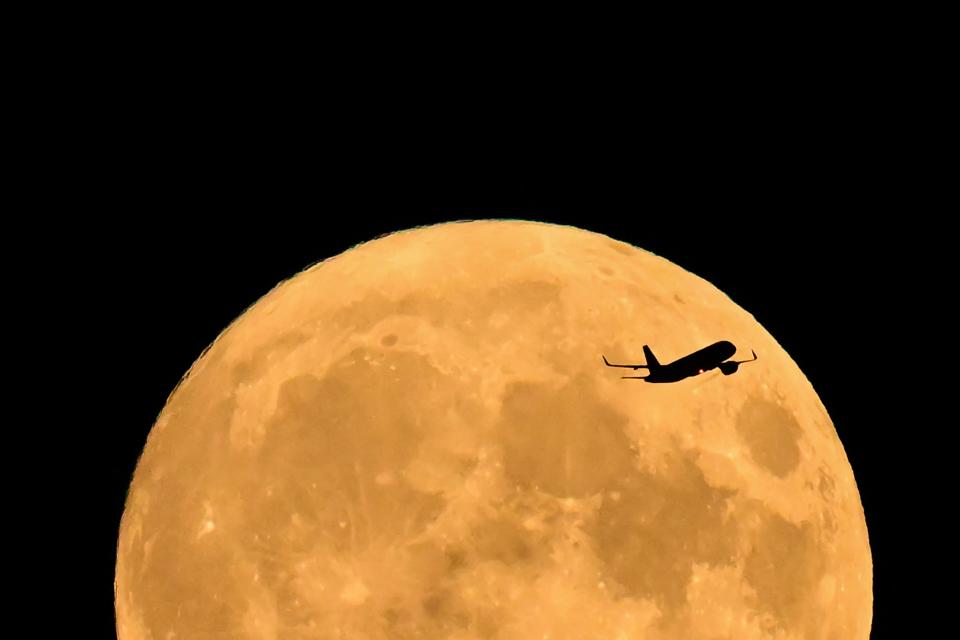
February 2024
Feb. 24: The full snow moon rises, named for what's often the snowiest month of the year.
March 2024
March 20: Spring equinox. The beginning of astronomical spring in the Northern Hemisphere, when daylight is roughly equal to night.
March 25: The full moon will graze Earth’s shadow to create what's known as a penumbral lunar eclipse.
March 25: The first full moon of spring – the worm moon – rises in the eastern sky. It's named for the worms that typically come out in March.
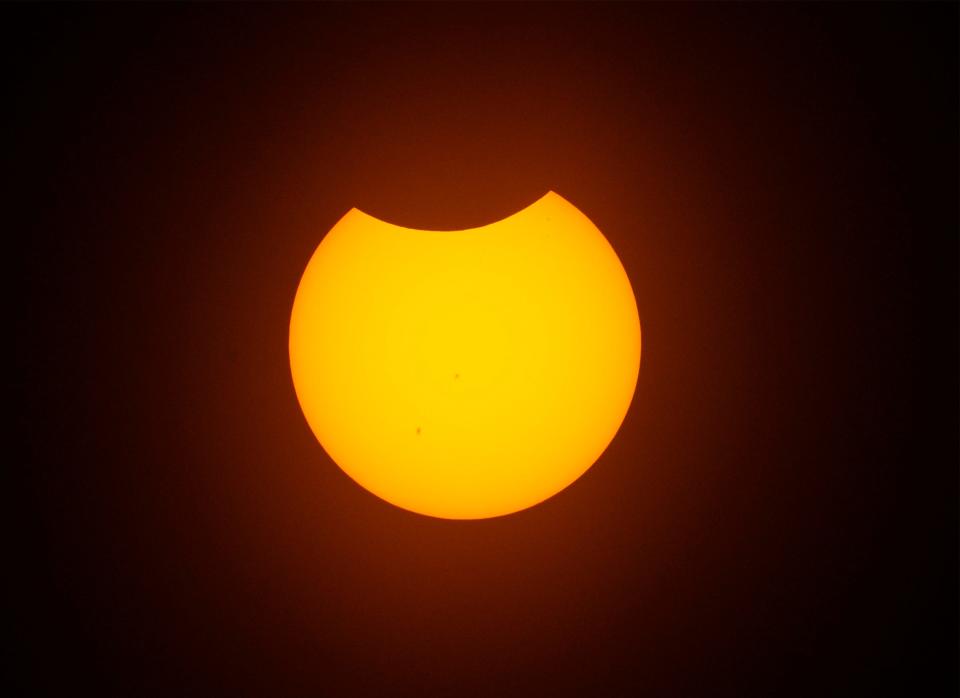
April 2024
April 8: Total solar eclipse. Visible from Texas to Maine, it will be the astronomical event of the year in the U.S.
April 21: Comet Pons-Brooks, also known as the "devil comet" because of the shape of its glowing tail, makes its closest approach to the sun.
April 21-22: The first meteor shower of the spring, the Lyrids, flies across the night sky.
April 23: The appearance of the moss pink wildflower gives rise to the full pink moon.
May 2024
May 5-6: The Eta Aquarid meteor shower – which could be quite strong in 2024 – will be visible.
May 23: The full flower moon, named for the abundant flowers of May, appears in the sky.
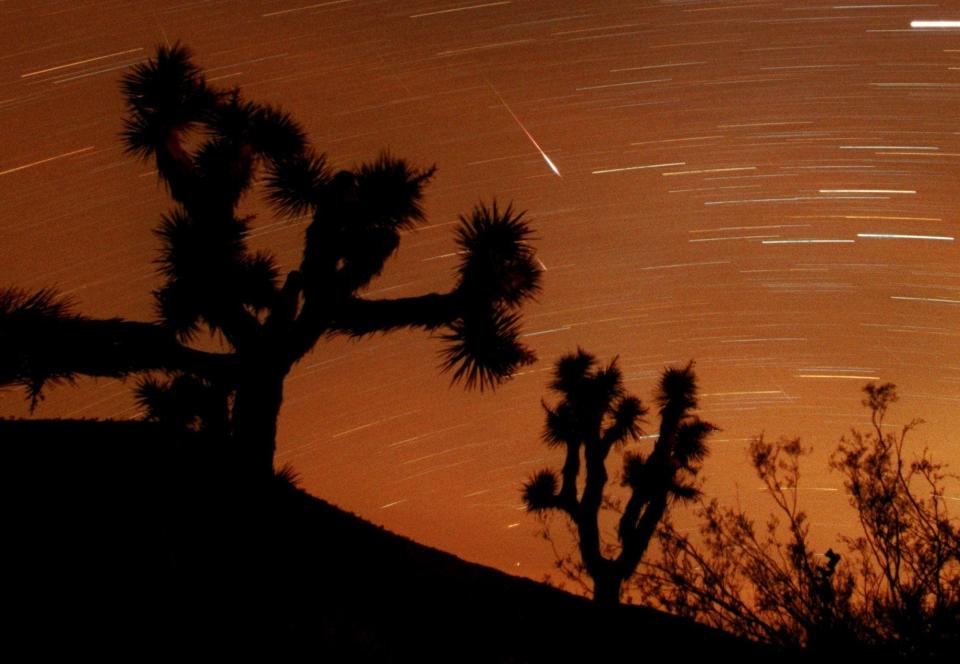
June 2024
June 20: The summer solstice: The first day of summer and the longest amount of daylight of the year!
June 21: The full strawberry moon, named for the ripening strawberries common in June, graces the early summer sky.
July 2024
July 21: The full buck moon rises, named for the male deer's large antlers.
July 30-31: Two lesser-known summer meteor showers – the Southern Delta Aquarids and the Alpha Capricornids – could be visible.
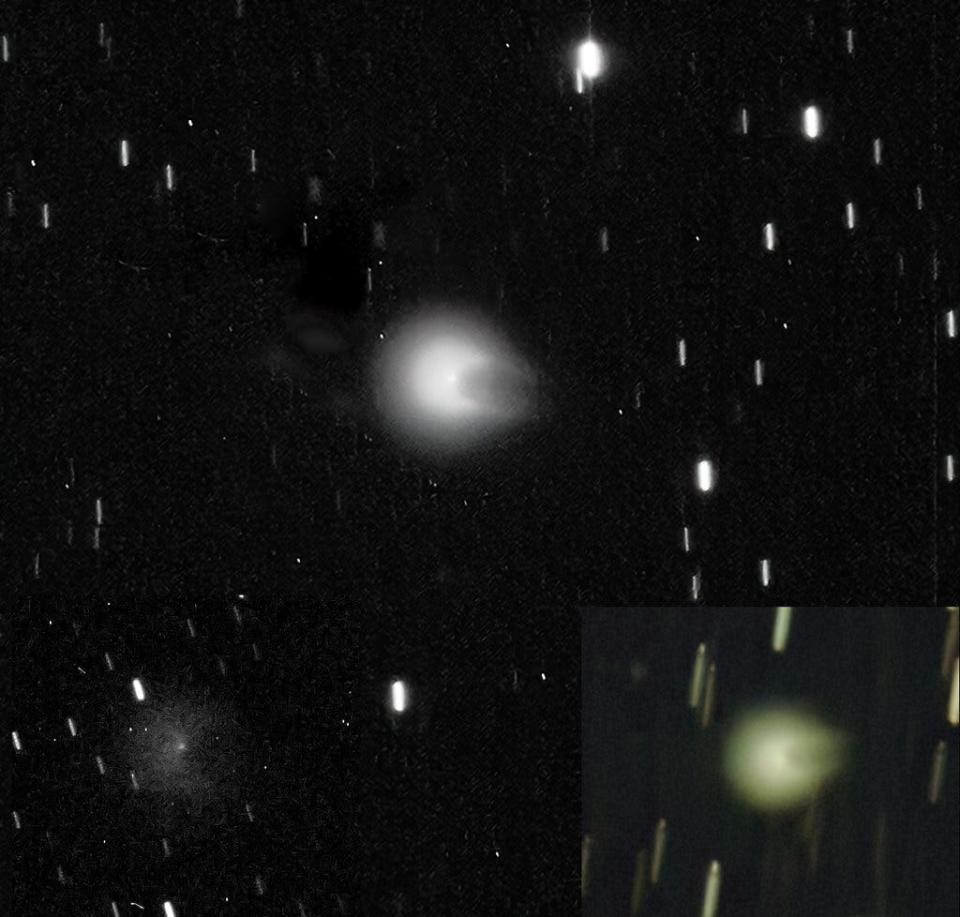
August 2024
Aug. 11-12: One of the year's most popular showers, the Perseid meteor shower, will streak across the warm summer night sky.
Aug. 19: The full sturgeon moon is also a blue moon as well as a supermoon. Named because the sturgeon fish is often caught at this time of year.
September 2024
Sept. 17-18: A partial lunar eclipse will occur and will be visible across most of the U.S.
Sept. 17: A full harvest or corn moon rises. The harvest moon is the full moon that's closest to the autumnal equinox. It's also a supermoon.
Sept. 22: Day is roughly equal to night on the autumnal equinox as astronomical summer comes to an end.
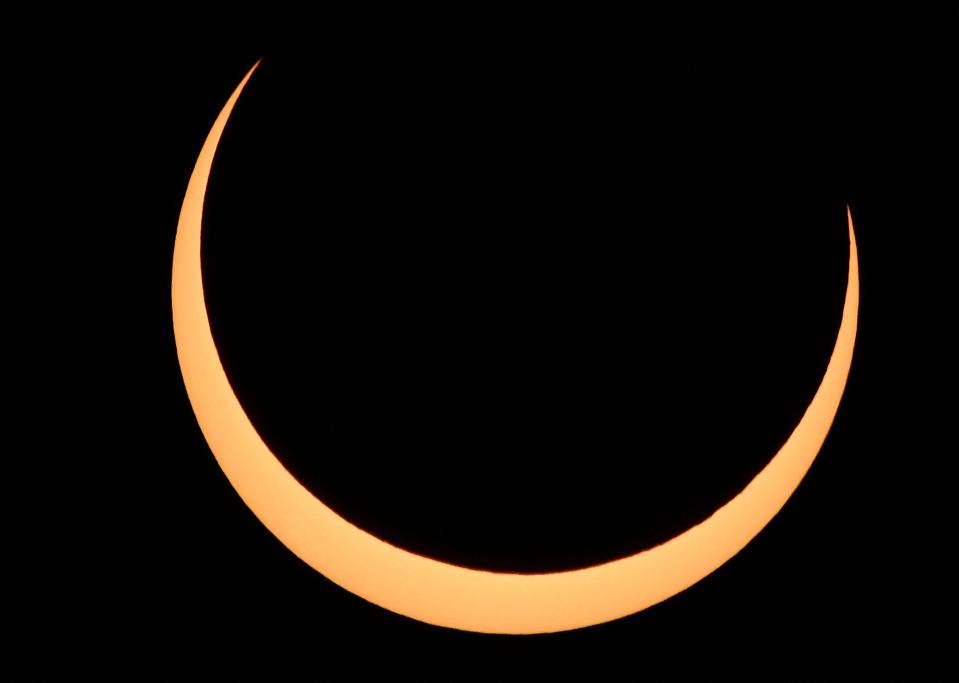
October 2024
Oct. 2: An annular solar eclipse will be visible in southern South America. It will not be seen in the U.S.
Oct. 7-8: The Draconid meteor shower peaks. It often appears brightest in the evening.
Oct. 12-13: Newly discovered Comet Tsuchinshan-ATLAS comes closest to Earth.
Oct. 17: The Full hunter's moon rises. It's also another supermoon.
Oct. 20-21: The peak of the Orionid meteor shower, which appears courtesy of debris from Halley's Comet.
November 2024
Nov. 15: The full beaver moon rises, named for the beavers readying for winter at this time. It's the final supermoon of 2024.
Nov. 16-17: Among the fastest-moving showers, the Leonid meteor shower peaks.
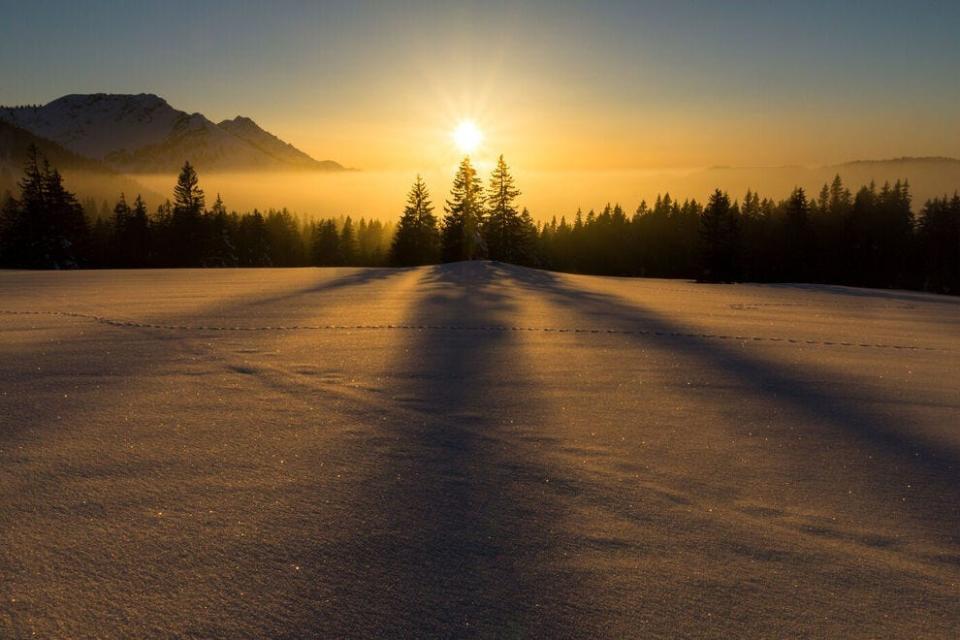
December 2024
Dec. 13-14: The Geminid meteor shower could be hard to spot because of the nearly full moon.
Dec. 15: The final full moon appears: The full cold moon is named for the chilly time of year.
Dec. 21: The winter solstice marks the beginning of winter in the Northern Hemisphere.
Dec. 21-22: The Ursid meteor shower, which can only be spotted in the Northern Hemisphere, peaks.
This article originally appeared on USA TODAY: Monthly astronomy guide to 2024: When are full moons, meteor showers?
